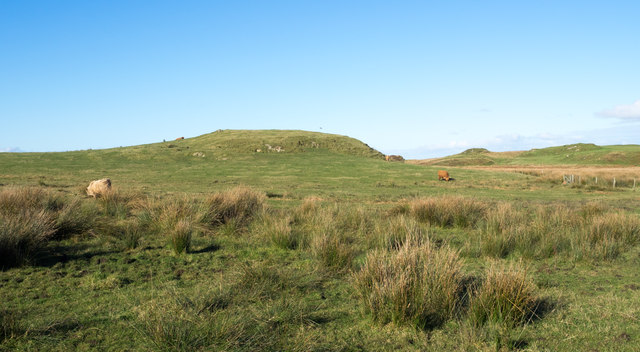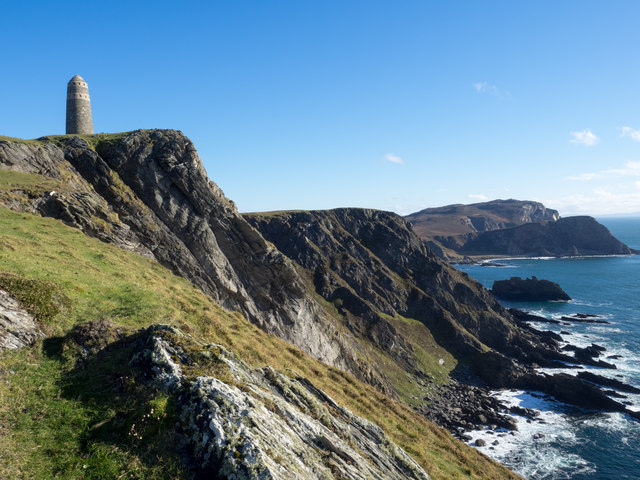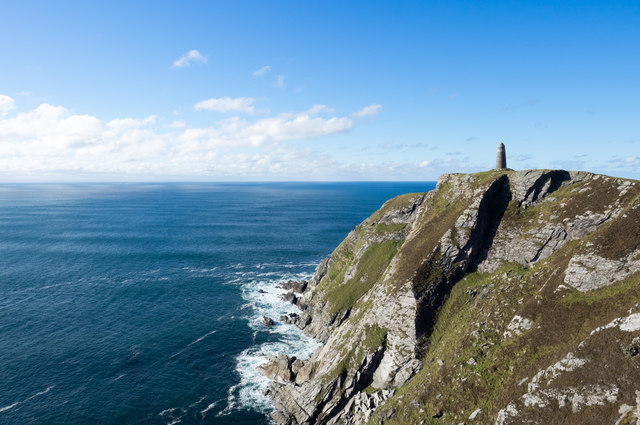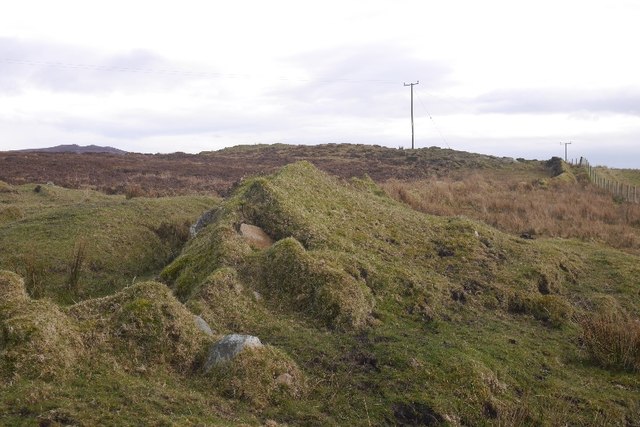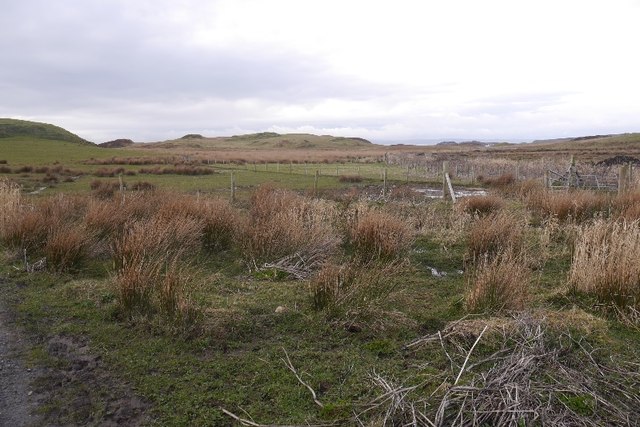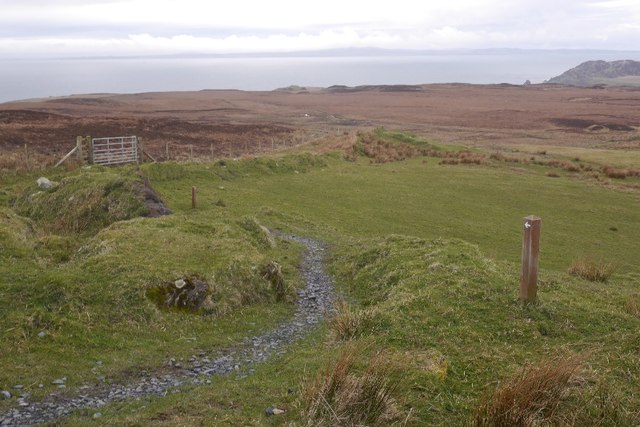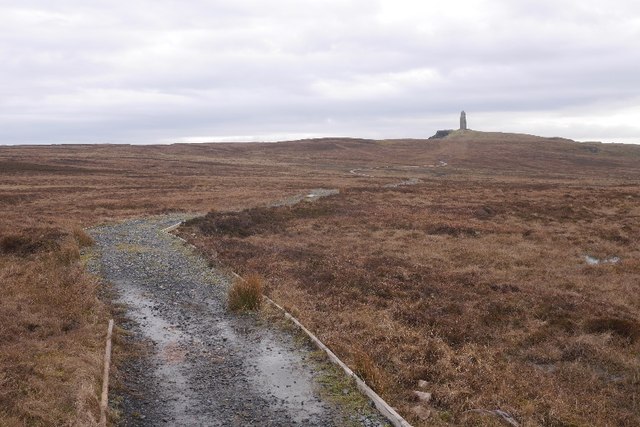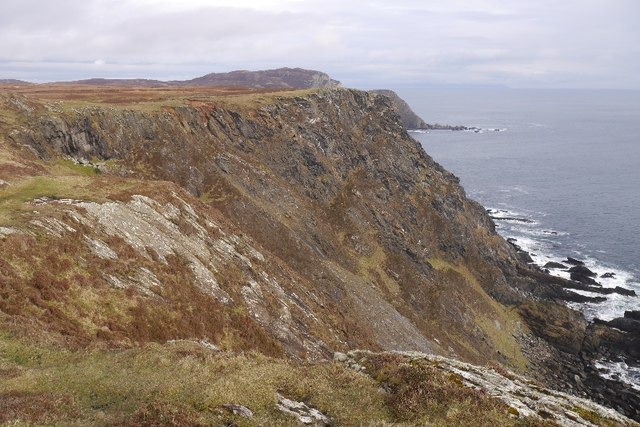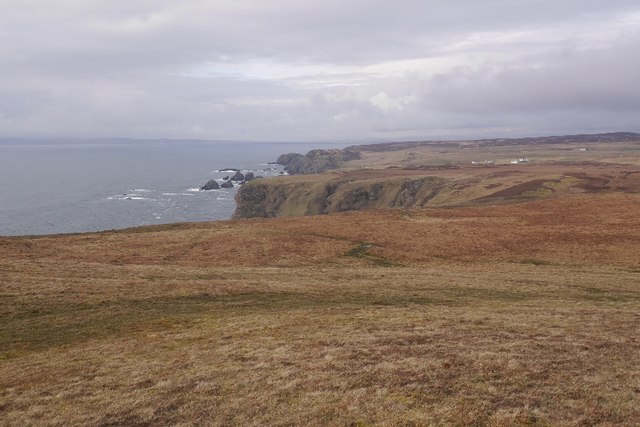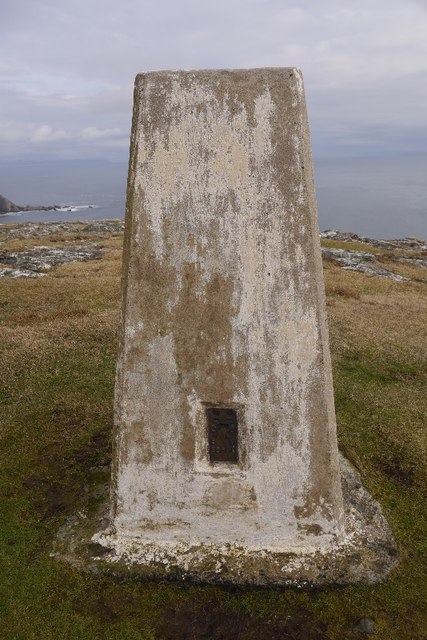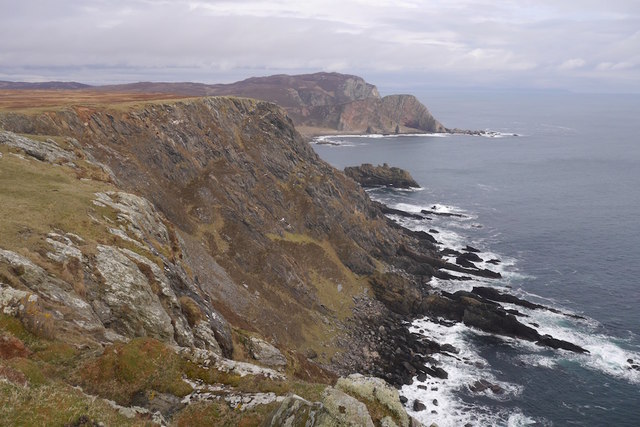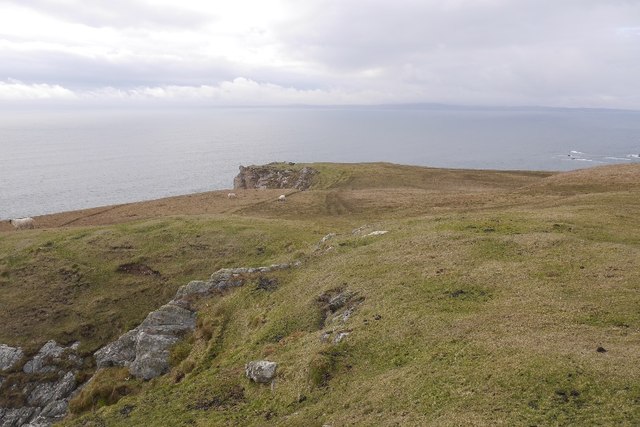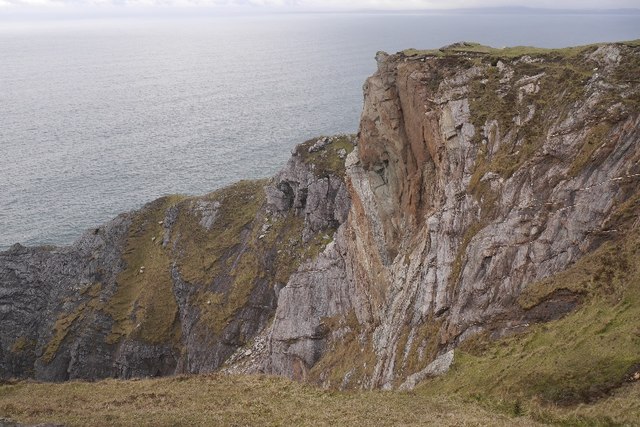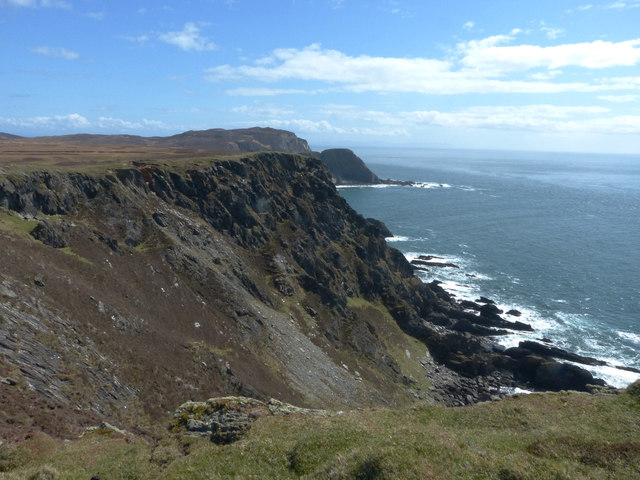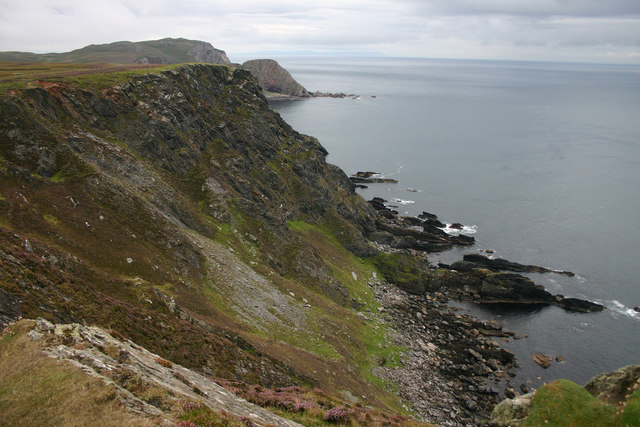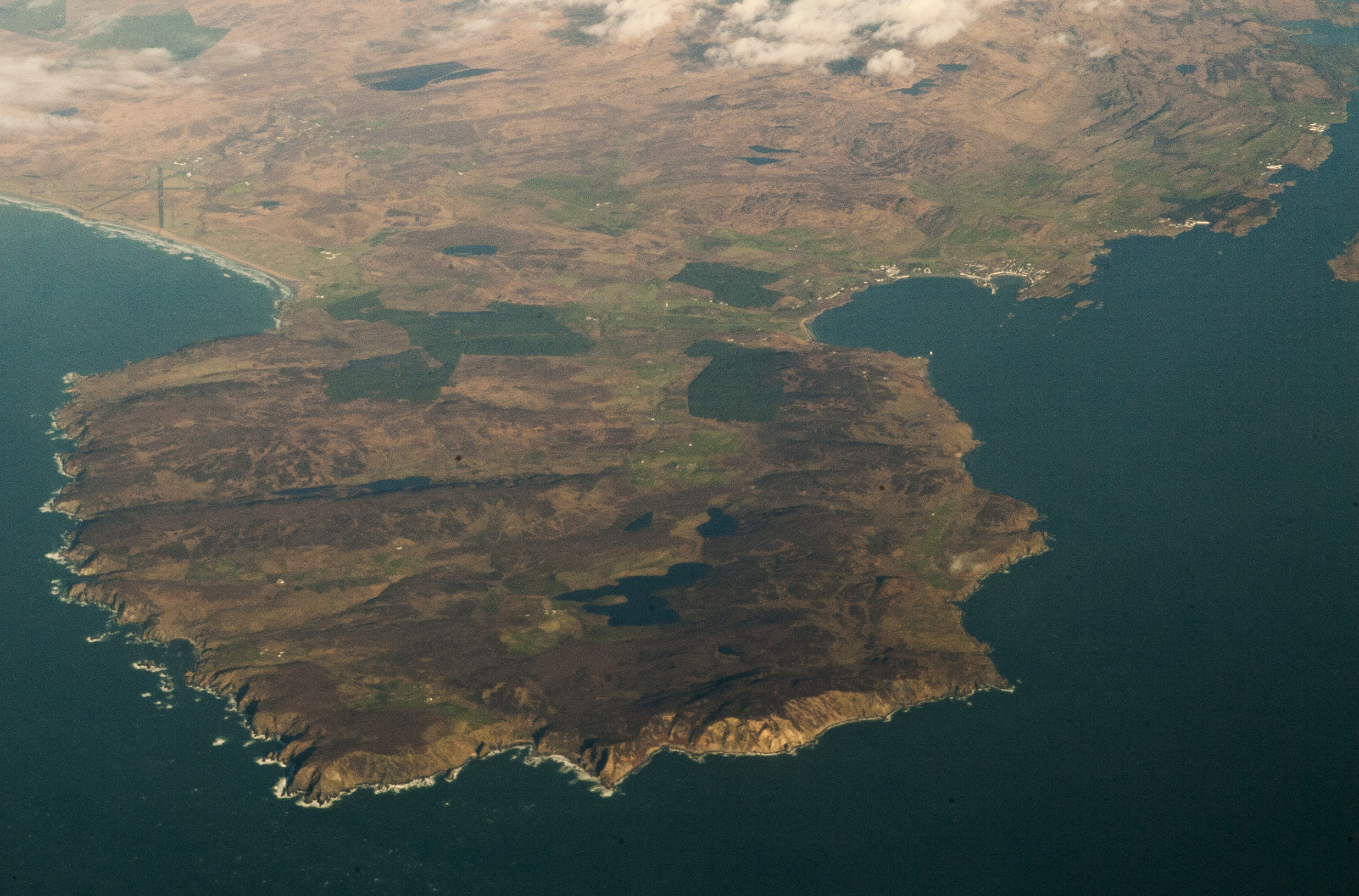Stac Bheatais Rock
Island in Argyllshire
Scotland
Stac Bheatais Rock
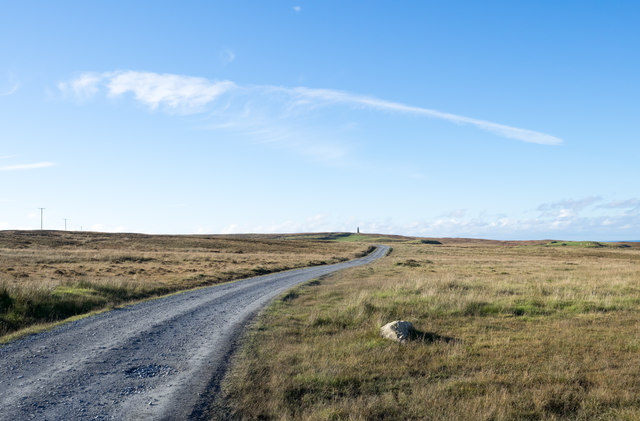
Stac Bheatais Rock is a prominent geological formation located in Argyllshire, Scotland. This rocky outcrop is situated on the west coast of Scotland, in the Inner Hebrides archipelago. Rising dramatically from the surrounding sea, Stac Bheatais Rock stands as a testament to the powerful forces that have shaped the landscape over millions of years.
The rock itself is composed of rugged and weathered basalt, a volcanic rock formed from ancient lava flows. It is estimated to be around 60 million years old, dating back to the Paleogene period. Standing at an impressive height of approximately 48 meters (157 feet), Stac Bheatais Rock is an awe-inspiring sight to behold.
The rock is also a popular nesting site for various seabirds, including guillemots, razorbills, and puffins. These birds are drawn to the inaccessible cliffs, providing a sanctuary for breeding and raising their young. The surrounding waters are home to a diverse array of marine life, and visitors may be lucky enough to spot seals, dolphins, and even whales in the vicinity.
Due to its remote location and the treacherous waters that surround it, Stac Bheatais Rock is difficult to access. However, it is often enjoyed from afar by tourists and nature enthusiasts who appreciate its striking beauty and the unique ecosystem it supports.
Overall, Stac Bheatais Rock is a geological marvel, standing as a testament to the power of nature and providing a sanctuary for a wide range of bird species. Its rugged beauty and remote location make it a must-see for those exploring the natural wonders of Argyllshire.
If you have any feedback on the listing, please let us know in the comments section below.
Stac Bheatais Rock Images
Images are sourced within 2km of 55.606412/-6.3351882 or Grid Reference NR2743. Thanks to Geograph Open Source API. All images are credited.
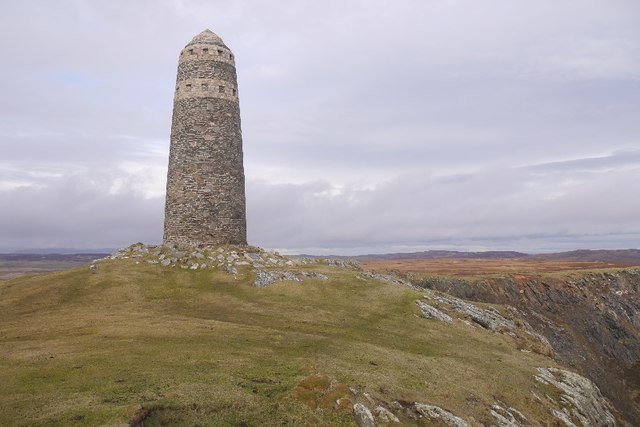
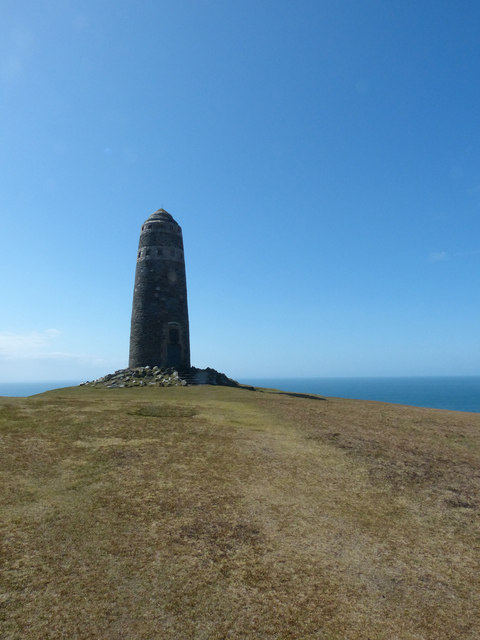
Stac Bheatais Rock is located at Grid Ref: NR2743 (Lat: 55.606412, Lng: -6.3351882)
Unitary Authority: Argyll and Bute
Police Authority: Argyll and West Dunbartonshire
What 3 Words
///kidney.harshest.camper. Near Port Ellen, Argyll & Bute
Related Wikis
Eas Mòr, lower
Eas Mor (lower) is a waterfall on the Abhainn Ghil on the island of Islay, in Scotland. It lies on the west coast of The Oa peninsula north of Lower Killeyan...
Eas Mòr, upper
Eas Mor is a waterfall is a waterfall on the Abhainn Ghil on the island of Islay in Scotland. It lies on The Oa peninsula south of Giol and west of Lenavore...
The Oa
The Oa ( OH) (Scottish Gaelic: An Obha) is a rocky peninsula in the southwest of the island of Islay, in Argyll, Scotland. It is an RSPB nature reserve...
Machrie golf course
The Machrie Golf Course, or "The Machrie Links", is located on Islay, in Scotland. The word "machrie" is a corruption of the Scottish Gaelic machair, which...
Have you been to Stac Bheatais Rock?
Leave your review of Stac Bheatais Rock below (or comments, questions and feedback).
